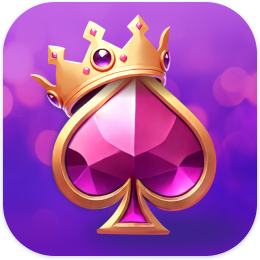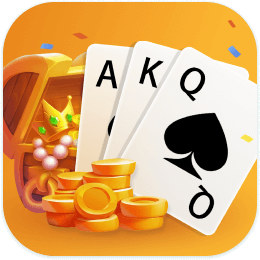Who Has the Most WSOP Bracelets?

The World Series of Poker (WSOP) is one of the most prestigious poker tournaments in the world, and winning a bracelet is one of the highest honors a poker player can achieve. With multiple events held every year, the competition for these coveted bracelets is fierce. But among all the players who have earned WSOP bracelets, there is one player who stands head and shoulders above the rest.

The Most WSOP Bracelets: Phil Hellmuth
As of 2024, the player with the most WSOP bracelets is Phil Hellmuth, with a remarkable 16 WSOP bracelets. Hellmuth, often referred to as the “Poker Brat” for his fiery personality, has built a legendary career with an unmatched number of victories at the WSOP.
How Did Phil Hellmuth Earn His Bracelets?
Phil Hellmuth’s first WSOP bracelet came in 1989 when he won the $10,000 No-Limit Hold’em Main Event, taking home $755,000. His victory at this event earned him instant fame, as he was only 24 years old at the time. Since then, Hellmuth has consistently added to his collection of bracelets, with victories in various poker formats, including No-Limit Hold’em, Seven Card Stud, and Pot-Limit Omaha.
The Other Poker Legends Behind Hellmuth
- Phil Ivey (10 bracelets)
- Johnny Chan (10 bracelets)
- Doyle Brunson (10 bracelets)
- TJ Cloutier (6 bracelets)
- Daniel Negreanu (6 bracelets)
Why Are WSOP Bracelets So Important?
Winning a WSOP bracelet is considered the pinnacle of poker success. It symbolizes not only a player’s skill but also their ability to perform under the highest levels of pressure. With each bracelet won, a player’s legacy becomes more secure in poker history. For Hellmuth, his 16 bracelets have solidified his place as one of the best players in the history of the game.
Can Anyone Catch Up to Hellmuth?
With Phil Hellmuth’s dominance, the question arises: could anyone ever catch up to his 16 bracelets? While players like Phil Ivey and Daniel Negreanu continue to compete at the highest level, Hellmuth’s consistency and ability to win across various formats make it difficult to imagine someone surpassing him in the near future. However, poker is always evolving, and there’s no telling what the future holds for the next generation of players.
Conclusion
Phil Hellmuth’s 16 WSOP bracelets are a testament to his dominance in the world of poker. As of 2024, no one has managed to surpass this impressive record, though players like Phil Ivey and Johnny Chan come close. The race for the most WSOP bracelets remains an exciting and ongoing chapter in the history of the game.
References:
FAQ
Can kids eat at Casino Rama?
The Casino floor is only open to ages 19 and over. The unfortunate part is, a few of the restaurants are off of the casino floor, so they are also 19 and over. This limits families with younger children.١٨/٠٢/٢٠١٤
Who owns Casino Rama now?
Casino Rama Resort is owned by Chippewas of Rama First Nation and Gateway Casinos & Entertainment Limited.
Who owns Casino Rama?
Casino Rama Resort is owned by Chippewas of Rama First Nation and Gateway Casinos & Entertainment Limited. The following ownership information is a subset of that available in the Gaming Business Directory published by Casino City Press.
How big is the Casino Rama concert?
The Casino Rama Resort Entertainment Centre is a 5,000 seat, with the option to retract, theatre designed to be flexible to accommodate concerts, plays, tradeshows, presentations, conferences and receptions.
Can you drink at a concert at Casino Rama?
No, there are no drinks served or allowed in the theatre area.11 sept 2017












































































































































































